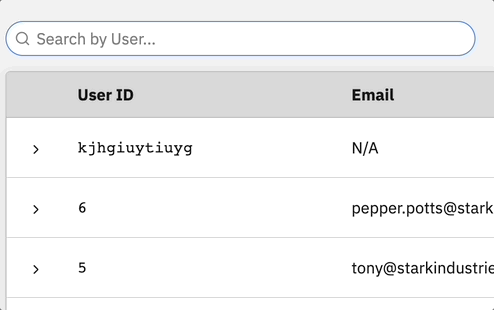Lots of exciting updates to share for September! 🍂
Pricing Tiers & Feature Flags
Earlier this month, we shipped native support for feature flags & pricing tiers in Warrant. You can now create and manage features and pricing tiers (ex. free, pro, enterprise) for your app directly in the Warrant admin dashboard or via API. Once configured, access to these features and tiers is enforced at runtime in your app using the existing front-end and server-side Warrant SDKs.
Features and tiers are completely dynamic and can easily be changed and overridden as needed. Check out more info in our launch post and if you'd like to get started with Pricing Tiers & Feature Flags, just sign-in to your Warrant account and follow the onboarding guide.
Angular SDK
We're excited to launch our official Angular SDK! Similar to our Vue and React SDKs, the Angular SDK ships with components and other primitives to help you implement authz checks in Angular web apps.
Firebase Cloud Functions
We've built Warrant to be easy to integrate with any 3rd party authn provider or home-grown authn solution. One of the more popular authn providers we've seen companies using is Firebase. To make it even easier for Firebase users to start using Warrant, we've created a repo of common cloud/serverless functions that you can deploy to Firebase to get your users hooked up to Warrant in < 10 minutes. The repo has functions to create and delete users and sessions (triggered on Firebase auth events). Check it out here.

